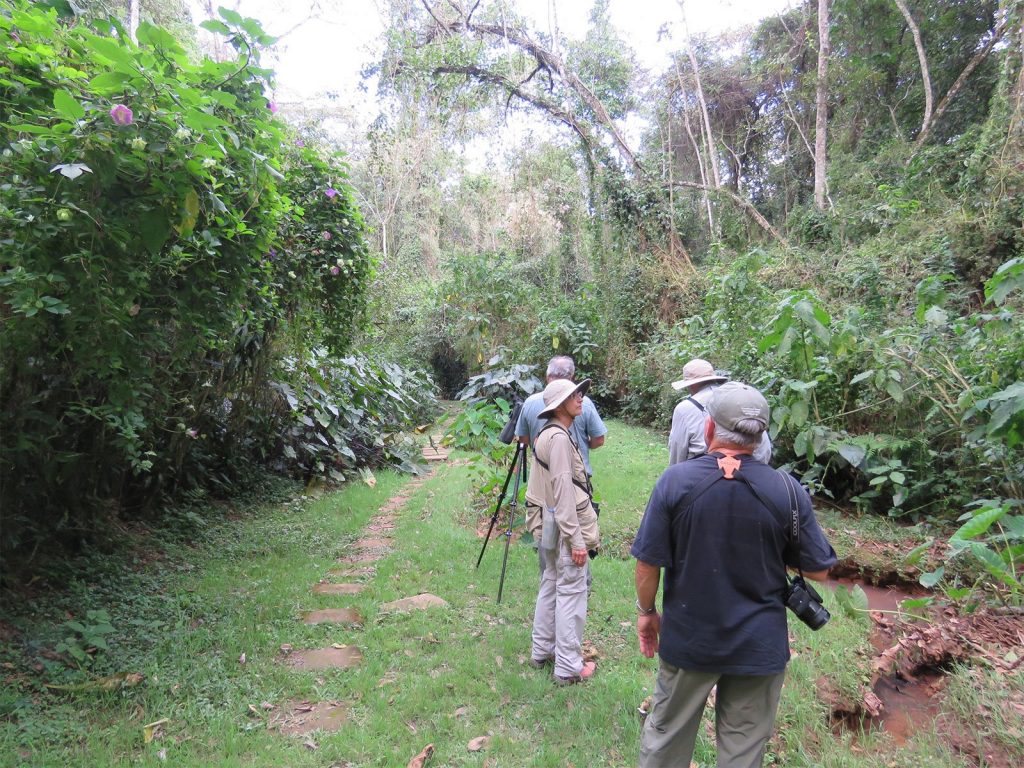Kakamega Forest National Reserve: A Jewel of Biodiversity in Kenya
Nestled in Western Kenya, the Kakamega Forest National Reserve stands as a testament to the region’s rich biodiversity. As the only tropical rainforest of the Guineo-Congolian type in Kenya, this lush sanctuary encompasses approximately 200 square kilometers, a surviving remnant of a rainforest that once stretched across Central Africa to East Africa.

Key Features:
- Diverse Flora and Fauna:
- Over 360 species of birds.
- 7 species of primates.
- Over 510 species of butterflies.
- Over 1000 species of plants, including woody trees, vines, orchids, ferns, shrubs, and herbs.
- Unique and colorful mushrooms.
- Protected Areas:
- Kakamega Forest comprises a forest reserve designated in 1933 and a national reserve added later in 1985.
- Mammals:
- Bush pigs, giant forest hedgehogs, colobus monkeys, and pottos.
- Leopards (occasional sightings).
- Various primates, including blue monkey, redtail monkey, De Brazza’s monkey, baboon, potto, and vervet monkey.
- Birds such as the Blue Headed Bee Eater, Black Billed Turaco, Turner’s Eremomela, and Grey Parrots.
- Abundant Insects:
- Goliath beetles, pink and green flower mantis, and numerous colorful butterflies.
- Well-represented groups: ants (Formicidae), Lepidopterans, Orthopterans, and beetles.
Activities and Attractions:
- Nature Walks:
- Professional tour guides offer guided tours to explore the tropical rainforest’s biodiversity, including birds, primates, medicinal plants, butterflies, and cultural activities.
- Fig Tree estimated to be over 700 years old.
- Bird Watching:
- Over 300 bird species, including unique and endemic species.
- Abundance of birdlife makes it overwhelming for birders.
- Spotting rare species such as the blue-headed bee-eater, black-billed turaco, grey parrot, and hornbill.
- Nighttime Excursion:
- A 2-hour nighttime safari to experience the forest’s nocturnal creatures and sounds.
- Trekking:
- A network of hiking trails, ranging from 1km to 7km, allows visitors to intimately explore the forest.
- Popular trails like Isiukhu Trail and Buyangu Hill offer stunning views and connect to beautiful spots within the forest.
- Cultural Evening with the Luya Tribe:
- Interact with the indigenous Luya people.
- Enjoy dance performances and traditional storytelling.
Best Time for Wildlife Viewing: Kakamega Forest can be visited throughout the year, with the driest months from December to February. Heavy rains in April and May may impact hiking trips.
Accommodations: Options include self-catering chalets, lodges, and rustic campsites. Accommodations like Isecheno Forest Rest House, Isecheno KEEP Bandas, Isecheno Camping Site, and Rondo Retreat Center offer varying experiences.
How to Get Here: Road access is via Kakamega Town, easily reachable from Kisumu by bus/matatu. Local guides are available for walking tours, and the forest is best explored on foot.
Discover the enchanting Kakamega Forest National Reserve—a haven of biodiversity and a testament to Kenya’s ecological diversity.
For an immersive experience, plan your visit and explore the serenity of this unique tropical rainforest.
